Last year I saw an inspiring video of an Azerbaijani couple who grow masses of vegetables putting up big jars of various vegetables to eat in winter. Unfortunately there's no recipe with the videos, so I went hunting for something close, and found a traditional Azerbaijani recipe, which I modified a bit to suit me. I made a couple of batches. The first, done when the weather was still quite warm, fermented quite quickly, and needed to be shifted to the fridge after a few days. The second, done when the weather was cooler, fermented much more slowly, and remained unrefridgerated (in an outdoor insulated storage area that remains fairly cool) throughout the winter and spring, and only needed to be moved to the fridge once things warmed up this summer.
This is really easy to make, delicious, and good for you, as well as being a great way to use up and store a range of vegetables. The ingredients can be modified to suit whatever you have available. I use home-made organic apple cider vinegar, but you can use whatever vinegar you prefer. The original recipe called for white wine vinegar.
This is really easy to make, delicious, and good for you, as well as being a great way to use up and store a range of vegetables. The ingredients can be modified to suit whatever you have available. I use home-made organic apple cider vinegar, but you can use whatever vinegar you prefer. The original recipe called for white wine vinegar.
Winter Salad Recipe
| Ingredients: 1 medium cabbage, cored, quartered and chopped 2-3 capsicum, various colours, deseeded and chopped 1 hot pepper (optional) deseeded and chopped 4 medium green tomatoes, cut into wedges 2 celery stalks, with or without leaves, chopped 1 bulb of garlic, peeled and chopped 1 cup chopped fresh mint 1 cup chopped fresh parsley 3 TBSP non-iodised salt vinegar of choice to cover (I use home-made apple cider vinegar) Method: Place all prepared vegetables in very large bowl. Sprinkle salt over veges, and use clean hands to mix well. Cover with a tea towel and set aside for at least 30 mins to extract juices and allow to shrink (often I'm busy and leave it for an hour or two). Take handfuls of veges, squeeze out liquid (back into bowl to save the liquid - see below), and pack veges into clean jars. use a wooden spoon to help pack them down. Continue adding veges until jar nearly full, leaving about a 4-5 inch head space. Pour vinegar over vegetables until completely submerged. To keep veges submerged, top with either reserved folded outer cabbage leaves, a small ziplock bag of extra vinegar, or a silicon muffin cup (that's what I use), before placing lids on jars. Stand the filled jars in a suitable contain to catch any spillage as the jars ferment, and place in a dark, cool-ish place. Check them daily for 3-7 days, topping up vinegar if needed. When they have fermented as long as you wish, move the jars to the fridge to store and stop the fermentation. Use much as you would sauerkraut. |
Variations:
If using eggplant, do this first - peel one eggplant and cut into small cubes. Place cubes in a colander, sprinkle with 1 TBSP salt. Place colander in sink with a plate on top to lightly press the eggplant. Leave for 20 mins, rinse under cold running water, squeeze, then add to large bowl and proceed with the above steps.
If you don't have fresh parsley or mint, use other herbs. This time I used mint, nasturtium (leaves and flowers), and some dried parsley. Oregano and thyme would be good too.
If using eggplant, do this first - peel one eggplant and cut into small cubes. Place cubes in a colander, sprinkle with 1 TBSP salt. Place colander in sink with a plate on top to lightly press the eggplant. Leave for 20 mins, rinse under cold running water, squeeze, then add to large bowl and proceed with the above steps.
If you don't have fresh parsley or mint, use other herbs. This time I used mint, nasturtium (leaves and flowers), and some dried parsley. Oregano and thyme would be good too.
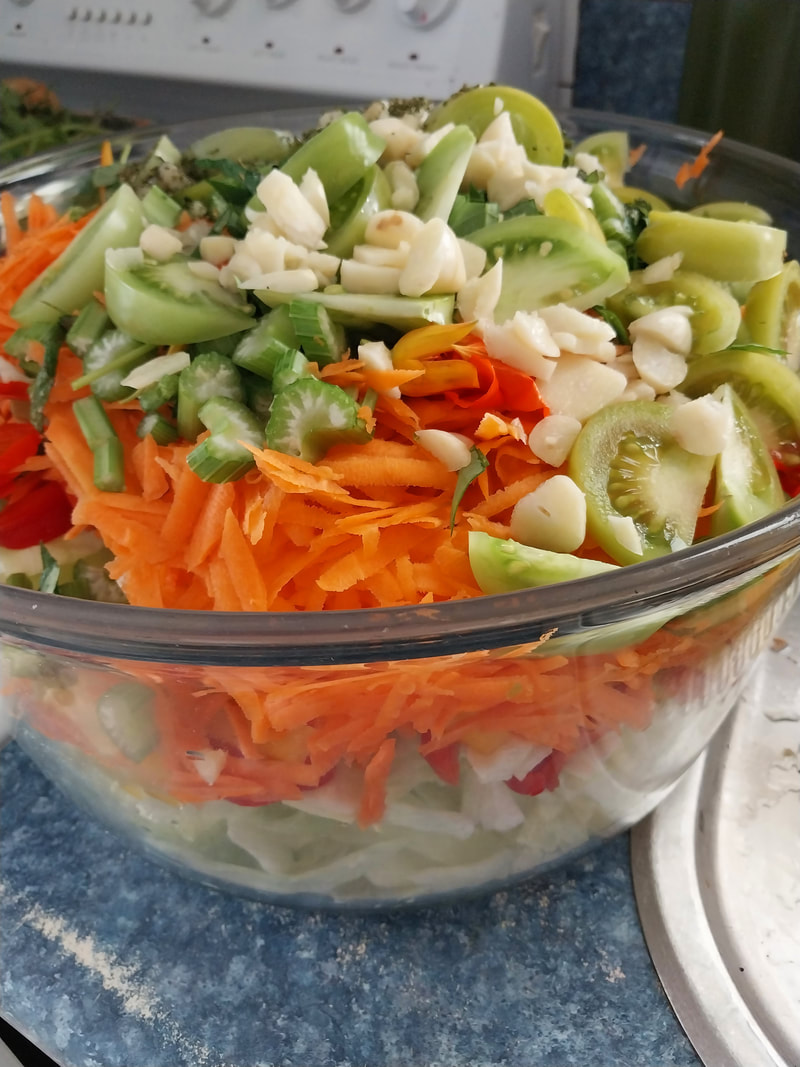
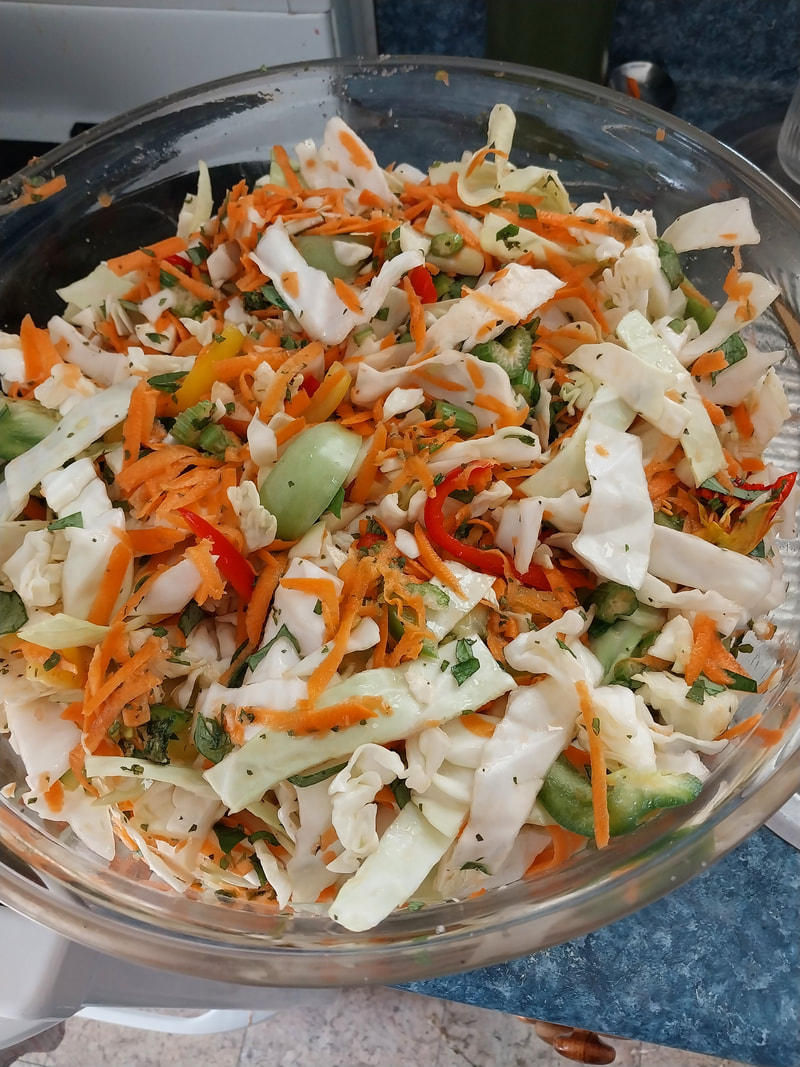
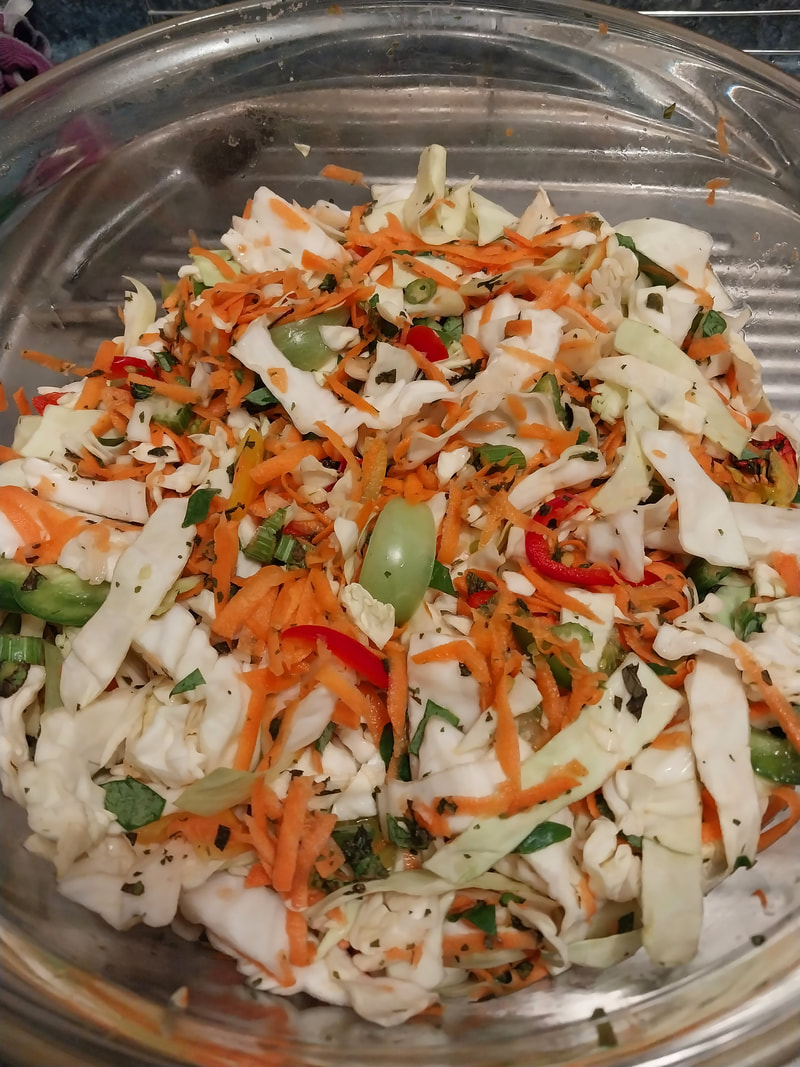
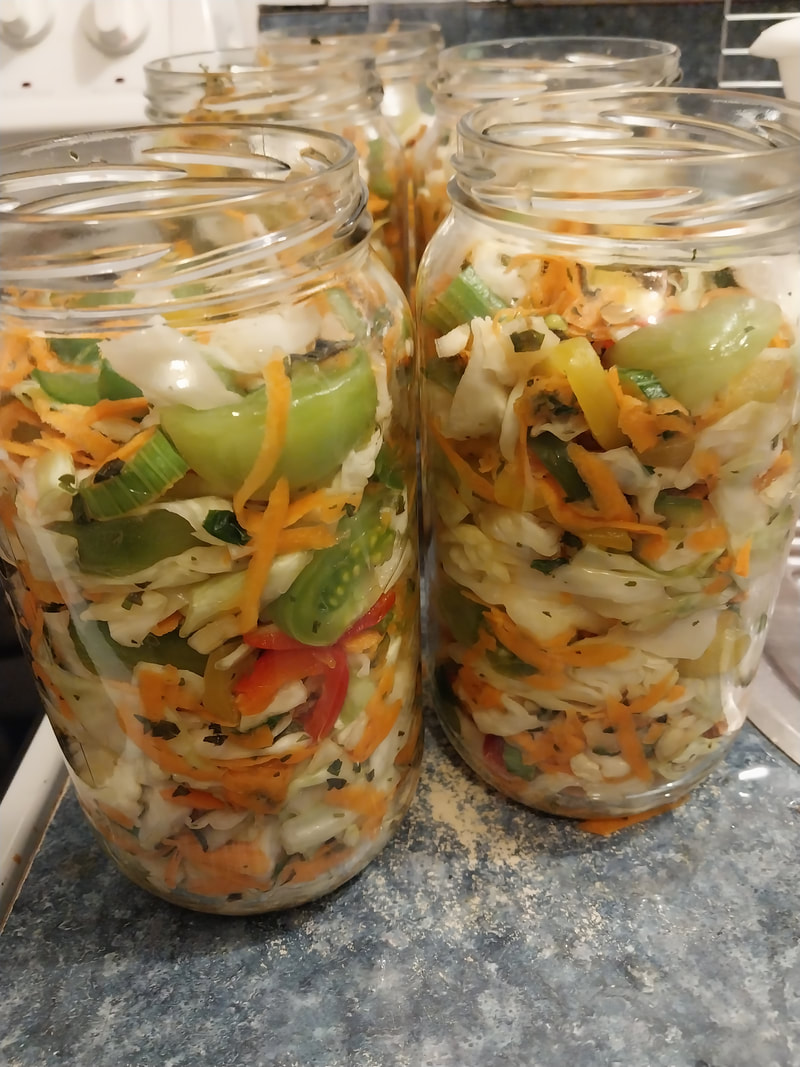
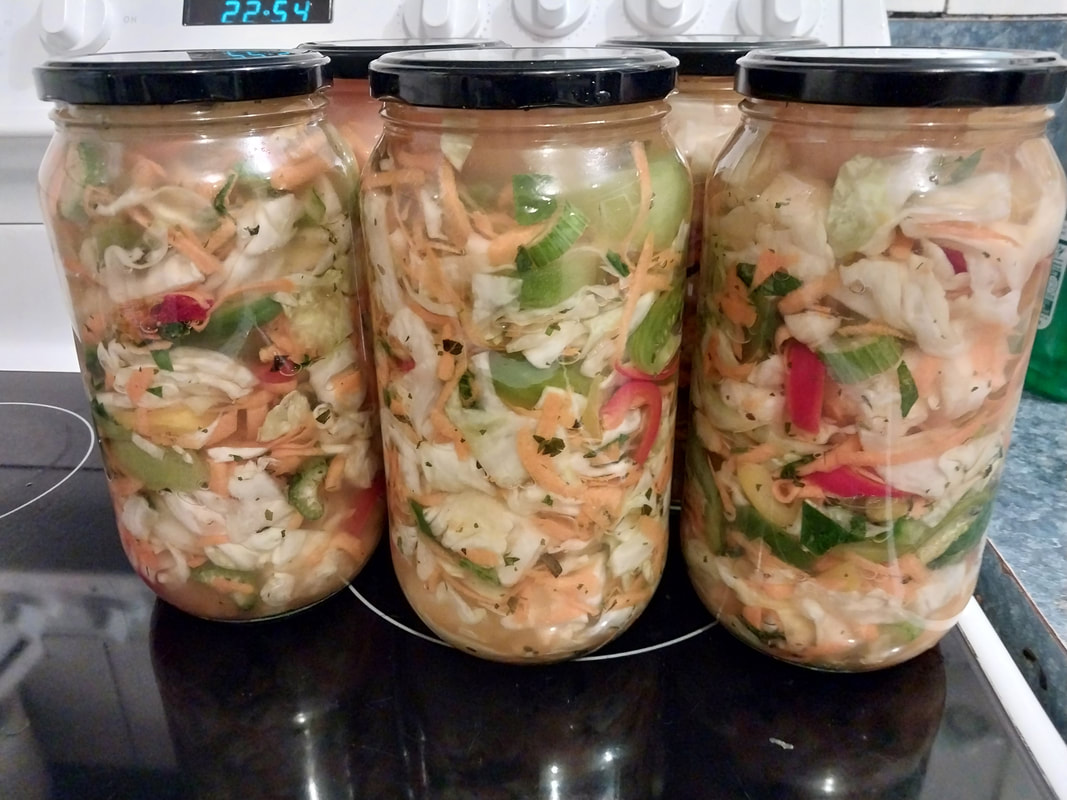
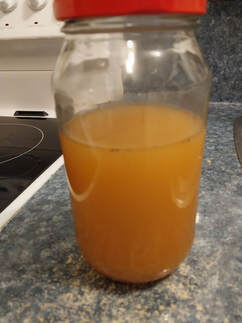
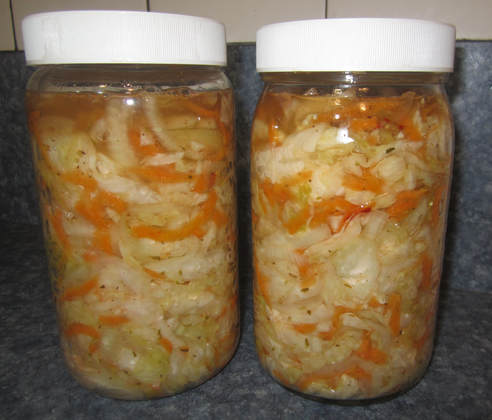
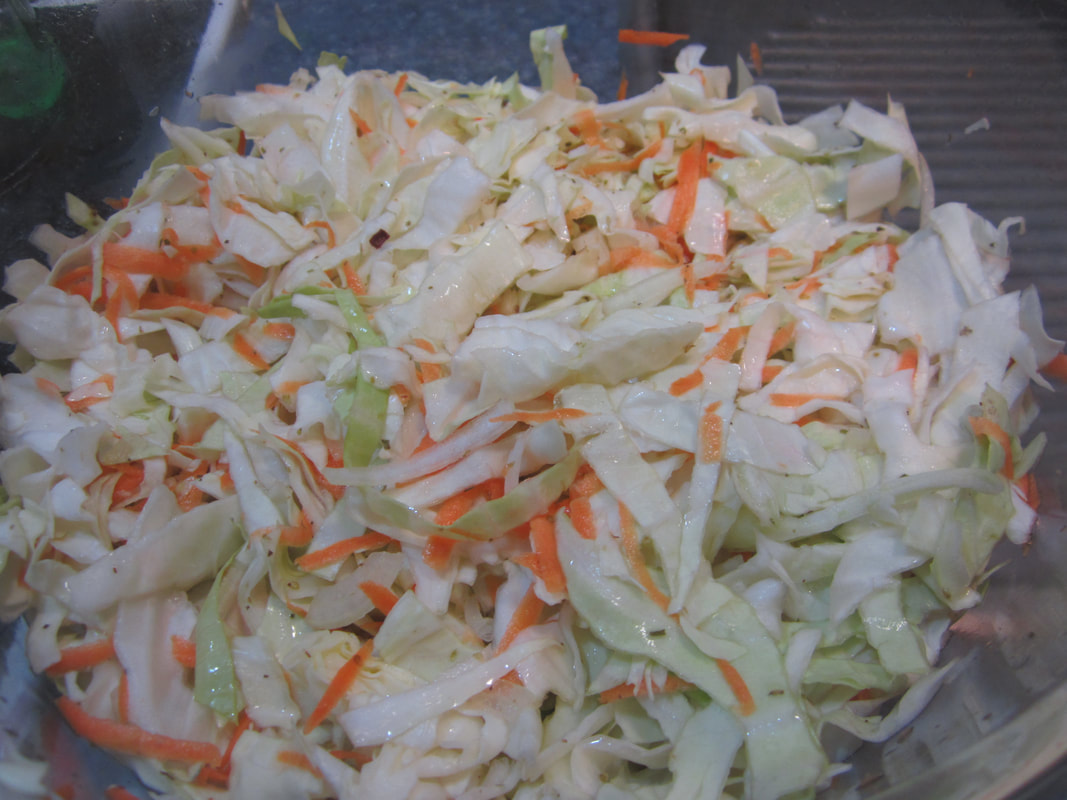
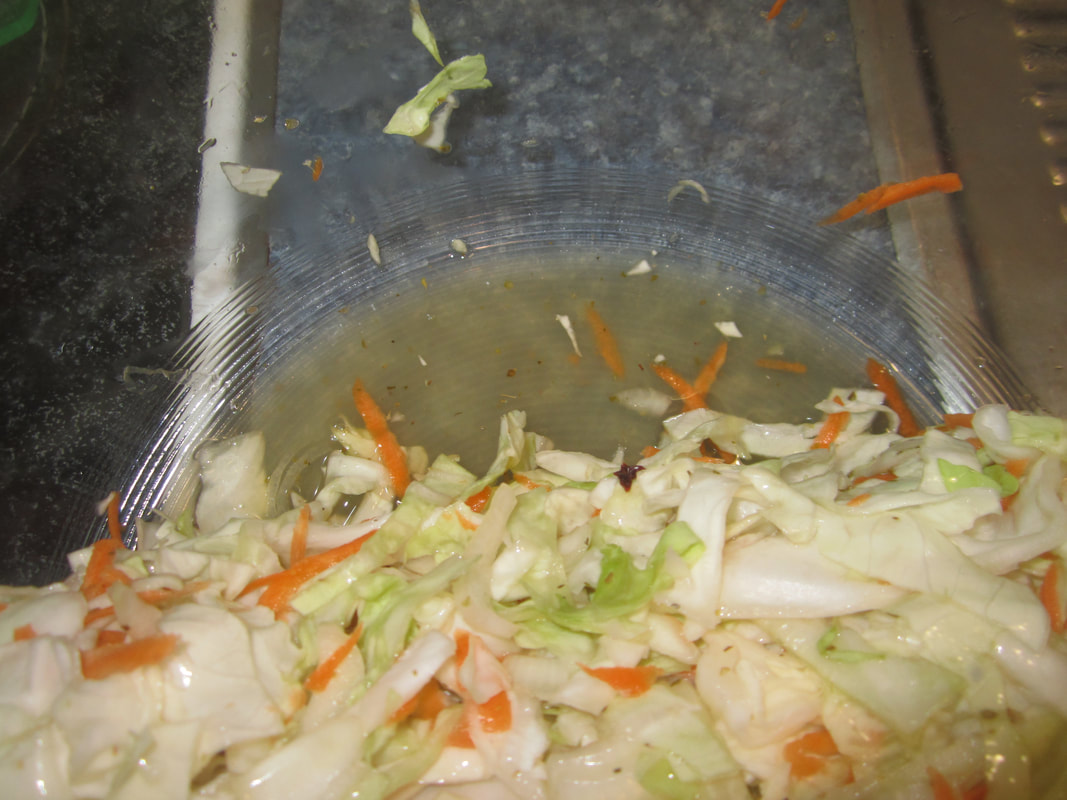
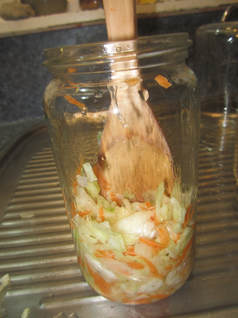
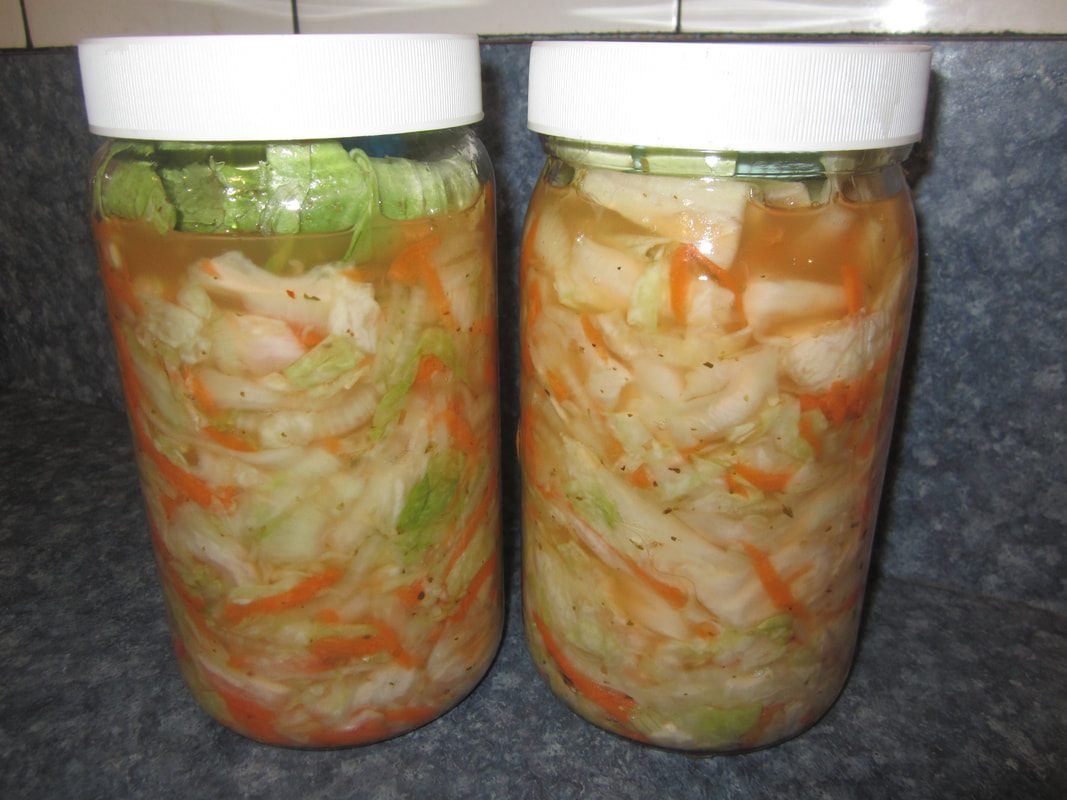
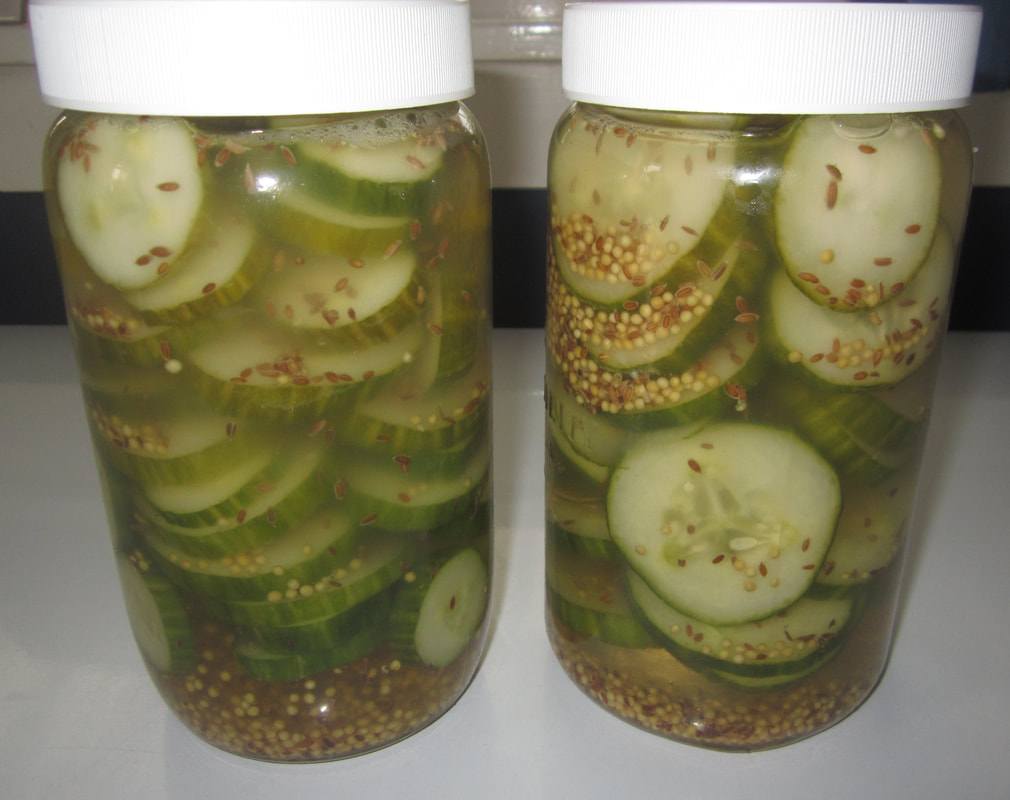
 RSS Feed
RSS Feed
